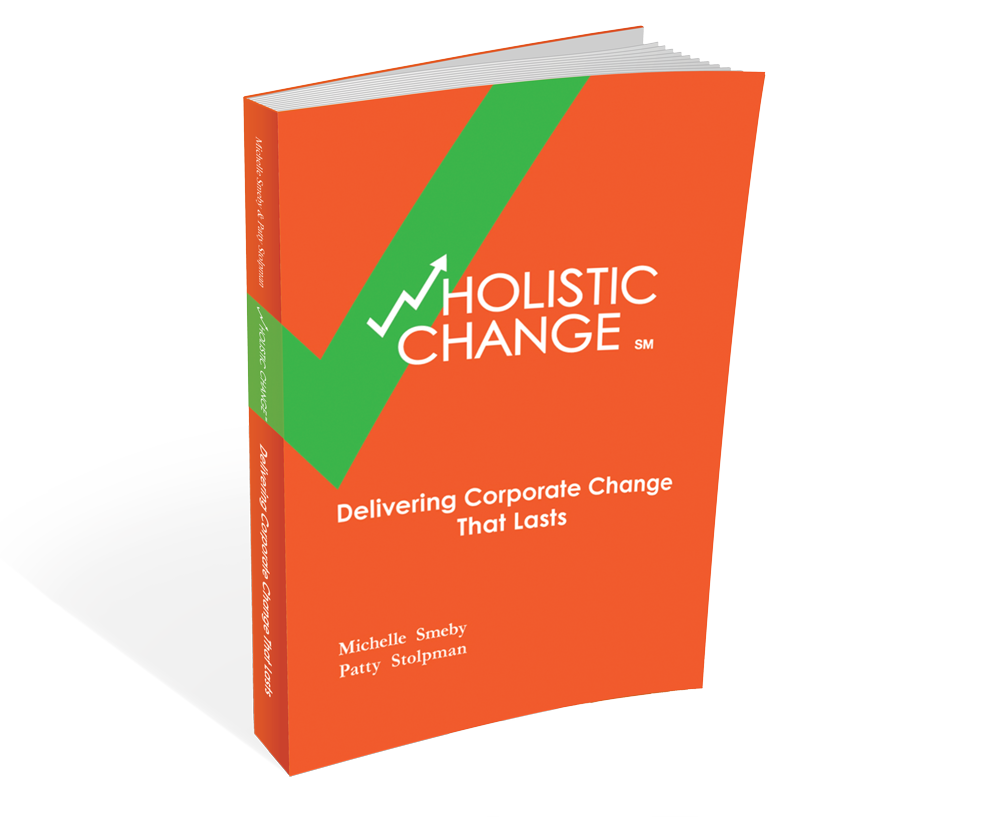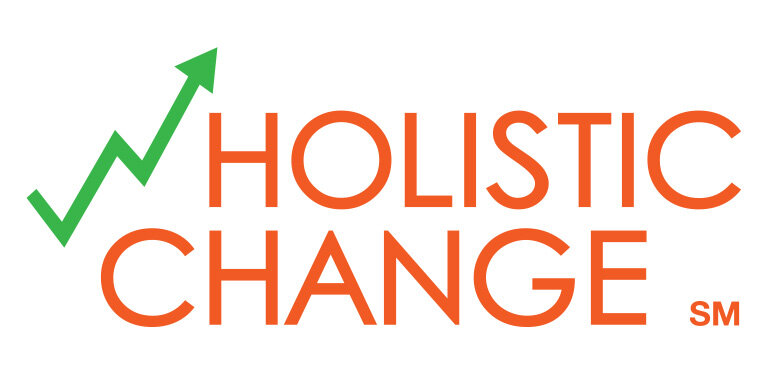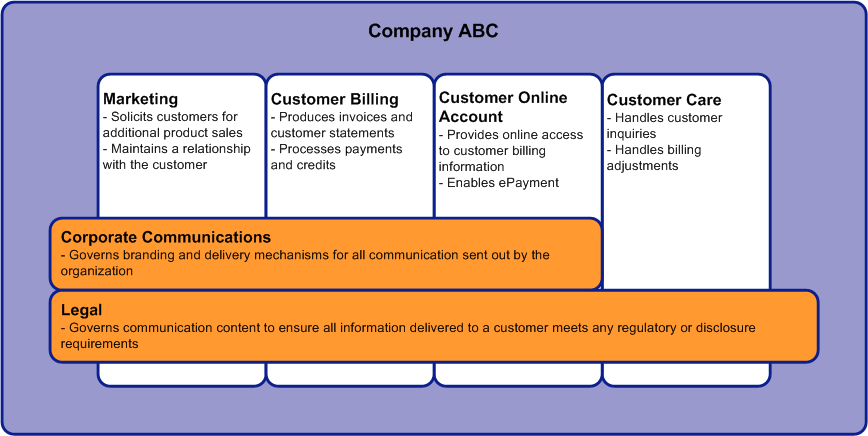A tool that can be a handy device for understanding the depth, breadth, and control of a change is something we call a wholistic framework. This is a simple visual that shows stakeholders involved in the change the scope of what you're tackling. The old saying "a picture is worth a thousand words" still rings very true today.The picture below shows a framework example for an effort that will be rolling out a new product to the company's customers.
The stakeholders who are depicted with vertical boxes are the organizational entities that own a particular aspect of the change. The stakeholders depicted with horizontal boxes have a span of control that extends beyond just one of the vertical organizational entities -- likely some sort of governance perspective.Putting together this visual image is a great communication tool to gain understanding with everybody involved regarding their role in what is happening. Will they be an active part of the change effort, will they need to govern what is changing, or will they simply need to be kept informed about what is happening because they are being impacted by the change?Having each of the identified organizational units commit to ownership of the change for their area is important. When each organizational unit identified on the framework provides a named resource to participate in planning and managing the change you are starting to put together the change picture -- from a wHolistic perspective!


